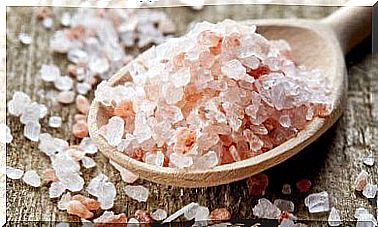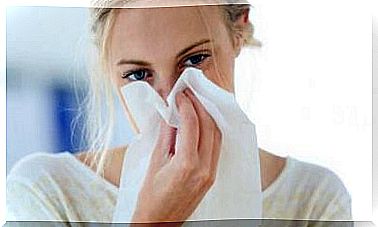How To Read And Understand Cosmetic Labels
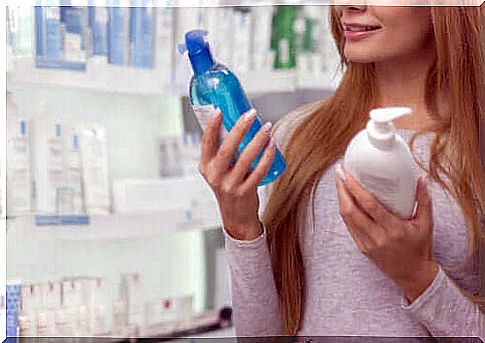
Cosmetic labels are an important part of this type of product, so you should pay attention to this when buying cosmetics. They contain information about the ingredients, the benefits offered and indications for use. All of these are essential for a consumer to be well informed, so keep reading and find out what to look out for.
The skin is a tissue that can absorb the various substances in cosmetics. The problem arises when these are toxic chemicals that are harmful in the long run.
What is a cosmetic?
To better understand labels, let’s first look at what we consider a cosmetic. In this regard, we are talking about substances that we need to apply to superficial parts of the body to protect, cleanse or hide the natural body odor. However, it differs from country to country.
So lotions, deodorants, perfumes and makeup are all part of the long list that includes this category of products. Read on and then learn what to look for on cosmetic labels.
What is the INCI and what does it have to do with cosmetic labels?
The INCI (International Nomenclature of Cosmetic Ingredients) is a system that regulates the terminology used in cosmetics. That’s for labeling ingredients on the packaging.
In some cases, the Latin names of the ingredients appear in their scientific term and those of the derivatives or chemical ingredients appear in English. In the same way, they arrange the components in such a way that the first ones are the ones that contain the product in larger quantities.
What information should cosmetic labels contain?
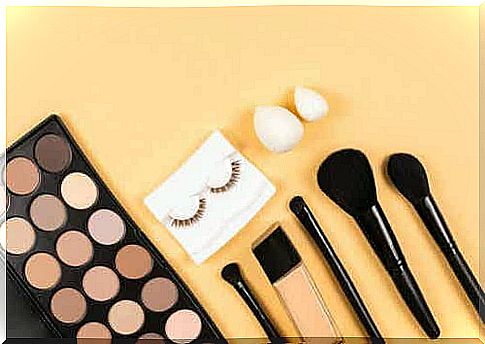
Cosmetic labels are usually not easy to read. However, you need to know the legal basis. To begin with , they should include a list of ingredients and then present them in descending order of concentration.
This list must also include substances such as allergens that can cause reactions in sensitive people (Spanish link). However, those with a concentration of less than 1% can be listed in any order.
The asterisk is another point to understand on the cosmetics labels. It is in fact present to specify the origin of the ingredient or to indicate allergens in the formulation.
The FDA includes information such as company name and address, precautions for use, product function, weight or volume of contents, instructions for use, expiration date, shelf life, and batch number.
List of ingredients on cosmetic labels
Many ingredients that provide great benefits and are essential to the composition of the formula are added in small amounts. They are not at the top of the list, but you should be able to recognize them.
Preservatives and perfumes come in smaller amounts, less than 1%. Here is a selection of some of the key components that can affect health in general.
- 1,4-dioxane is found in foam-forming products and is toxic.
- Benzophenone is a substance used in lipsticks and nail polishes to protect them from ultraviolet rays.
- Butylated compounds disrupt endocrine production and are toxic to a number of organs.
- Coal tar is a carcinogen that is sometimes present in shampoos, soaps and hair dyes.
- Ethanolamine compounds (DEA) are chemicals found in cosmetics and are currently banned in a number of countries because of possible links to the formation of carcinogenic nitrosamines.
- Formaldehyde is a substance that is released with the preservatives in most shampoos and liquid baby soap.
- Triclosan is present in detergents and toothpaste.
- Titanium dioxide is potentially carcinogenic in loose makeup powders.
- Nitrosamines can be found in a wide variety of cosmetics.
- Phthalates, banned in some countries, are substances found in products such as fragrance lotions and soaps.
Other information about labels on cosmetics
There are some inscriptions on cosmetic labels that you need to be aware of to know what they refer to. Following are the most relevant.
Animal friendly
As the name implies, the term refers to the fact that the company has not tested their product on animals. This message can even be endorsed by a certification from a control organization.
Also read: How do you identify quality cosmetics?
Hypoallergenic
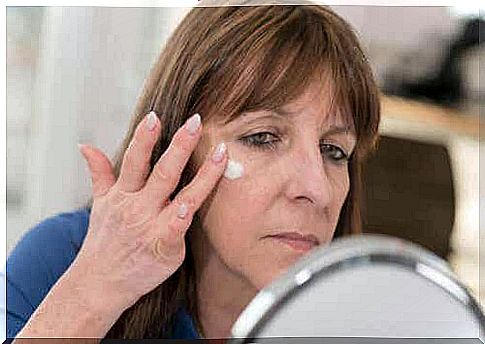
This label indicates that the formula has a composition that causes fewer allergic reactions. However, there is no absolute certainty that the product will not cause skin problems.
Expiration date
The expiry date is the period in which you must use the product, taking into account the correct storage. If you don’t do this, spoilage can take place faster and you can throw the product away.
Labels should indicate the maximum useful life and in many cases this date will be there along with the letter “M” accompanied by a number, ie the number of months you can use it.
The information on cosmetic labels
The cosmetics industry is one of the fastest growing markets and this has led manufacturers to adopt a greater degree of transparency in their formulas and labels. In turn, ingredients become a relevant topic for consumers, who are more informed and pay more attention to what they consume.

